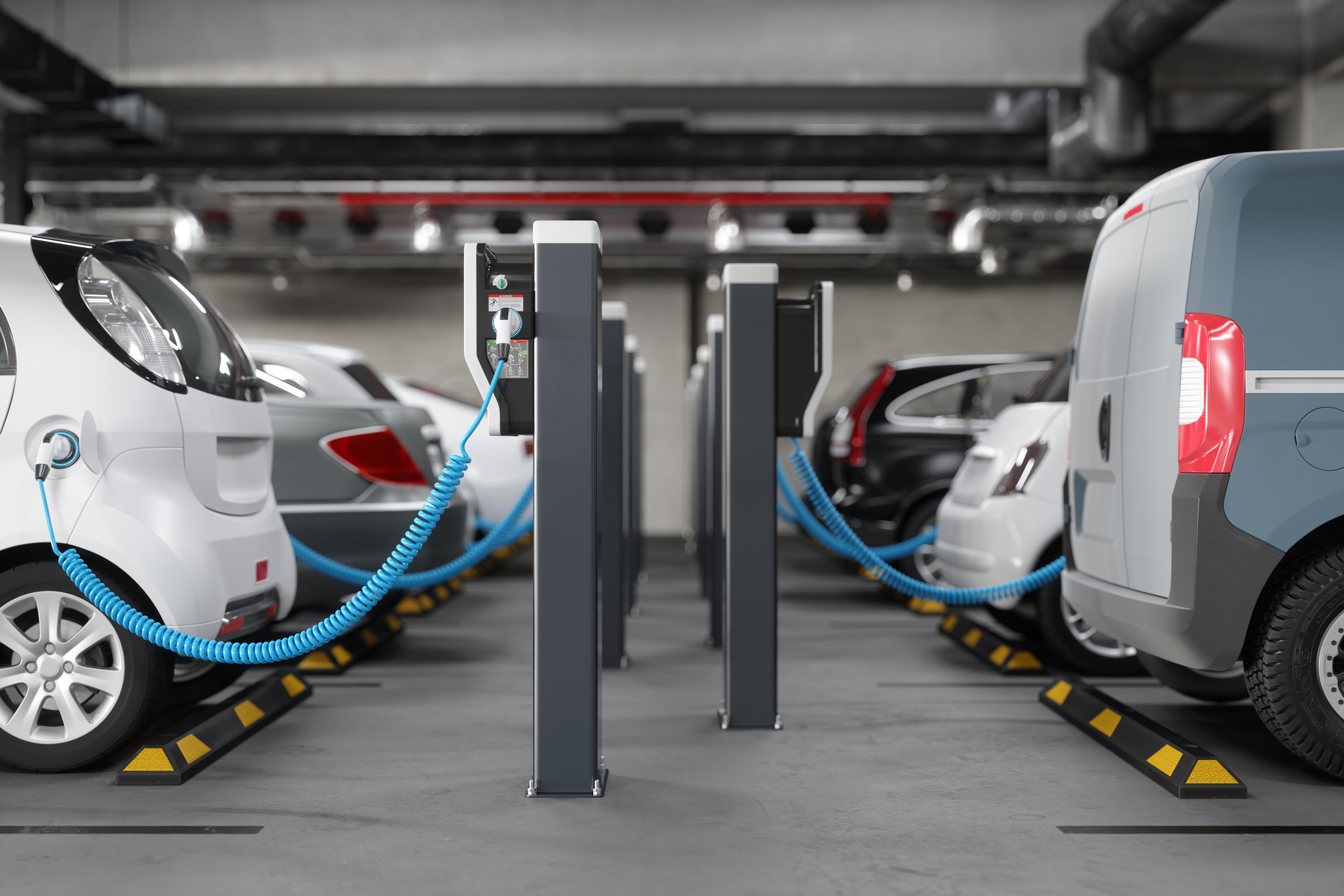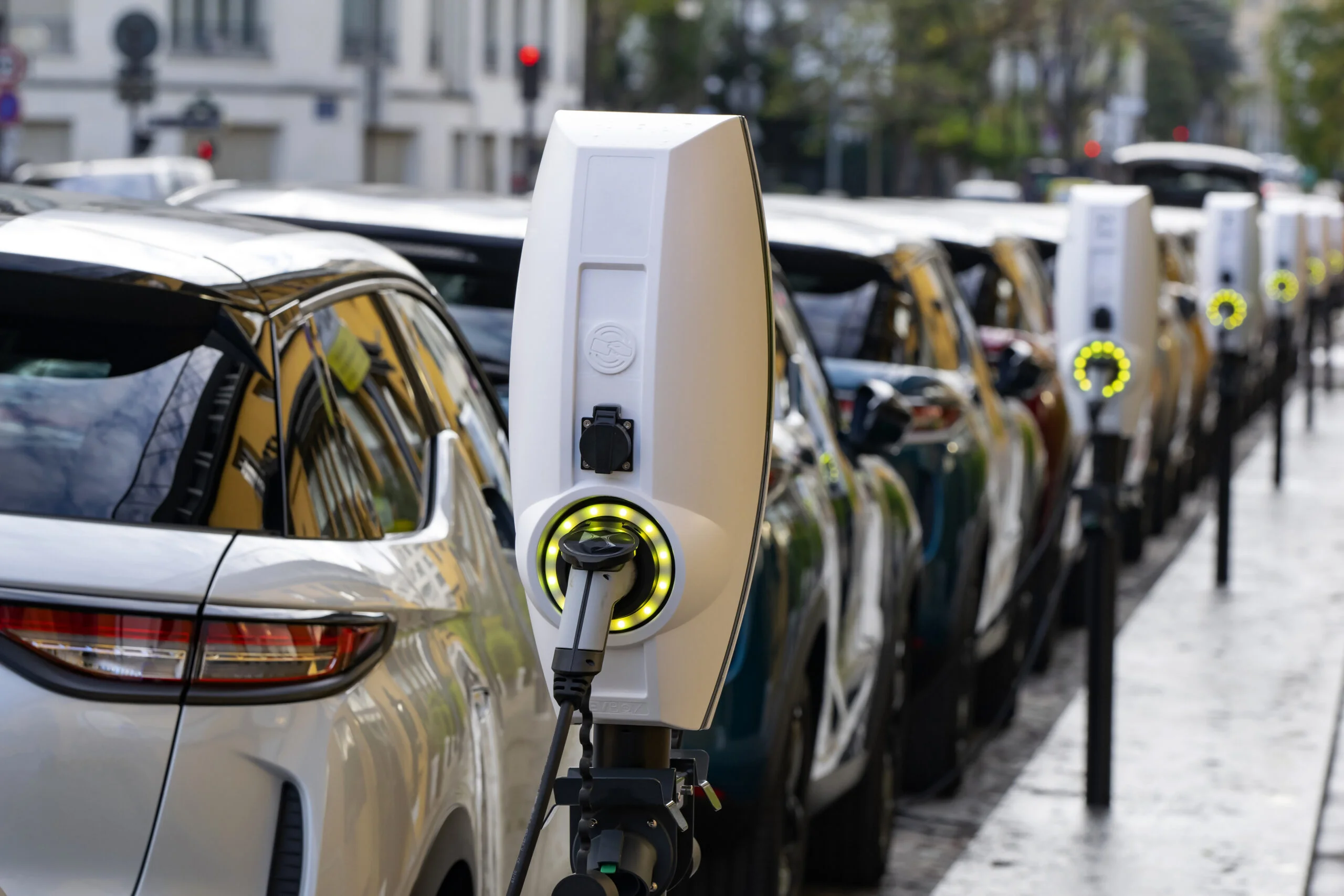The electric vehicle (EV) market has already shown promise in 2025, with an 11% increase in sales in the first quarter of 2025 compared to the same period last year. Unfortunately, policy and regulatory shifts have slowed the momentum of EV adoption, with only 51% of Americans expressing interest in owning an EV in 2024, down slightly from 2023. Still, as EV costs decrease and range anxiety subsides, with 64% of Americans living within 2 miles of public EV charging, EV adoption remains an inevitability. With demand on the rise, driven by the increased deployments of AI and data centers, supply chain challenges, and electrification efforts, EV managed charging provides a path to raising the aggregate virtual power plant capacity needed to meet demand by 2030, while defraying high peak energy costs and enhancing grid resiliency.
EV Reliability Drives Adoption
By numerous metrics, electric vehicles are more reliable. Last year, the German Automobile Club (ADAC), the German equivalent of the AAA in the U.S., released a report noting that electric vehicles were statistically more reliable. In that report, of more than 3.6 million total calls for roadside assistance, only 1.2% of those were attributable to electric vehicles. The report goes on to note that between 2020-2022, only 4.2. out of 1000 electric vehicles experienced breakdowns or required support.
– Syd Bishop, Sr. Content Specialist, Virtual Peaker
On top of that, despite debates to the contrary, electric vehicles are better for the environment. While the manufacturing process for electric vehicles produces a significant carbon footprint, those challenges are ultimately offset by the absence of tailpipe emissions. In the long run, EVs aren’t beholden to fossil fuels, do not have carbon emissions, and have proven reliable over time. According to the EIA, the global supply of crude oil, other liquid hydrocarbons, and biofuels is expected to meet demand through 2050. As such, EVs aren’t just here, but their widespread market adoption is an existential inevitability.
Policy & Regulatory Changes
With administrative changes to the Environmental Protection Agency and Department of Energy, electric vehicle regulations and policies are changing. Last week, efforts were made to repeal California’s Advanced Clean Cars II zero-emissions program, which is meant to minimize hazardous vehicular emissions. Similarly, EV zero-emission mandates in Massachusetts that aimed at increasing EV penetration on state roads and highways were also challenged, with advocates pushing back. At the same time, there are currently efforts underway to discontinue tax credits for EVs, while adding $250 in annual fees to EV owners.
Market Uncertainty
These policy and regulatory changes have fostered the market uncertainty that has slowed EV adoption. Although some brands have struggled, new competitors around the U.S. and abroad are stepping up to fill that market niche with affordably priced vehicles and increasingly affordable fuel costs. As more competitors fill the gap and tariffs and supply chain issues are better organized, it’s only a matter of time before consumers return to electric vehicles, which will create increased load and demand shifting opportunities for utility providers. Let’s look at the benefits that electric vehicles and other distributed energy resources (DERs) provide for utilities to support grid resiliency and defray high peak energy costs.
EV Charging
In order to meet rising demand, the Department of Energy has called for between 80-160 GW of aggregate virtual power plant capacity by 2030. Currently, the U.S. generates between 30-60 GW of virtual power plant capacity, largely attributable to demand response programs. Demand response programs leverage distributed energy resources (DERs) like solar and solar inverters, battery energy storage systems (BESS), and, more often than not, smart home devices like thermostats and water heaters. Using a distributed energy resource management system (DERMS), utilities can aggregate these resources for use in demand flexibility programs.
For electric vehicles, EV charging represents the most common type of behind-the-meter customer program. With EV charging, utilities can manage charging times by curtailing or pausing charging during peak periods of usage. Likewise, through functionality like V2G charging, EV charging programs can dispatch stored battery energy into the grid, redistributing power when and where it is needed to mitigate high peak energy costs and enhance grid resiliency. Furthermore, EV charging may include signal-based pricing controls to curtail or pause battery charging times during periods of peak consumption, both for energy arbitrage and to conform to time-of-use rates.
EV Telematics & Forecasting
Electric vehicles and their accompanying EVSE accoutrement can provide valuable charging data and information, insights designed to inform utilities about performance and usage. One method utilizes EV telematics, which is a remote exchange of localized sensor data, centralized to the vehicle. Unlike EVSE chargers, which can only share data from one stationary location (wherever the EVSE is located), EV telematics captures the full scope of device data, including electric vehicle charging rates, when they use the most power, and more. This data is incredibly valuable for utility program managers and grid operators to inform their forecasting efforts and better prepare for their impending energy needs and plan for upcoming demand flexibility events.
Why Electric Vehicles & EV Charging Still Matter: Conclusion
Electric vehicles have a long and storied history that began over 100 years ago. While manufacturers slowed their pace to match available resources then, the drive to innovate electric vehicles has persisted well into the next century already, with consumer interest still remarkably high. With technological innovations already increasing performance, electric vehicles continue to hold public interest, and through concerted demand flexibility initiatives like EV charging will continue to present an opportunity for enterprising utilities to increase grid resiliency, while defraying high peak energy costs and expensive infrastructure upgrades.





